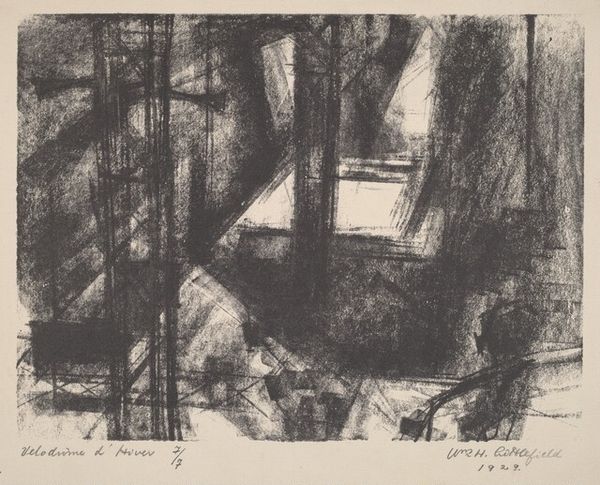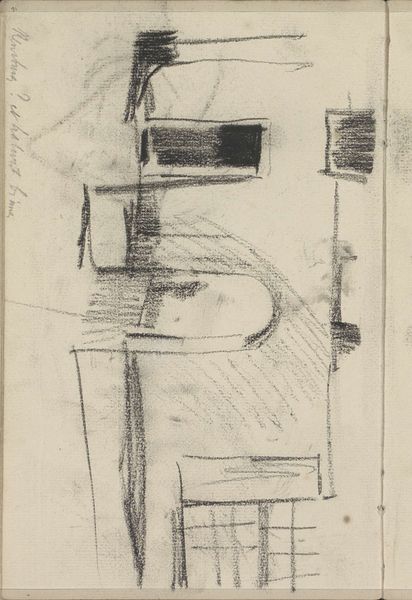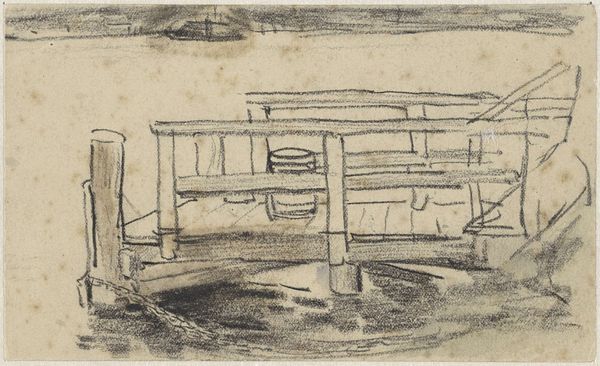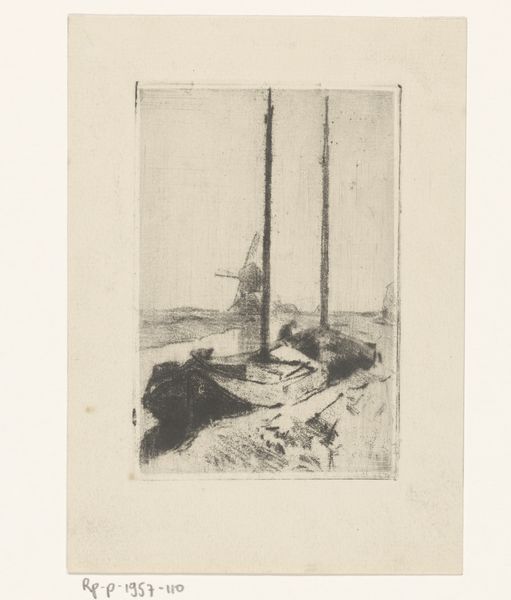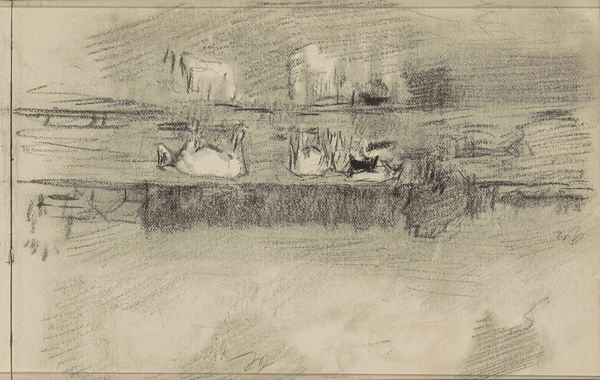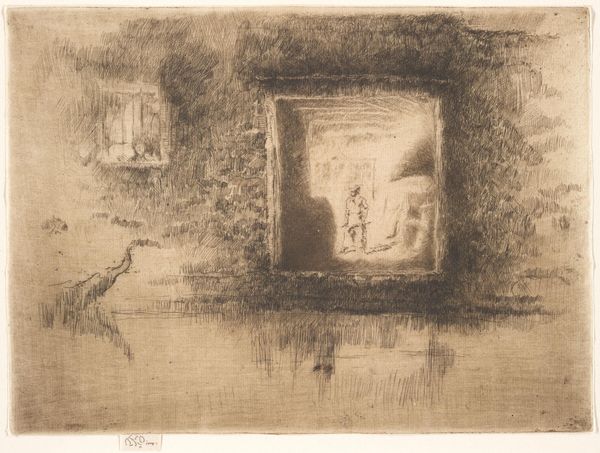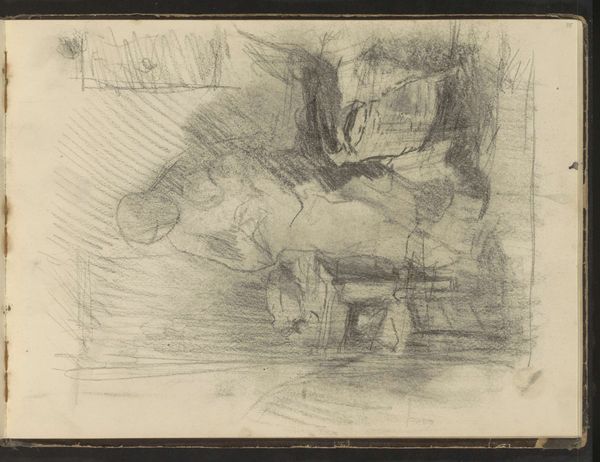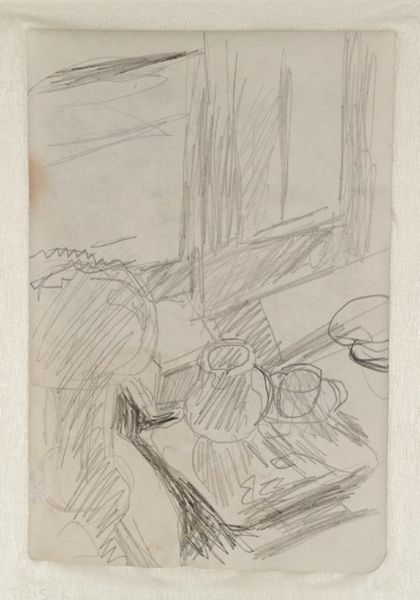
print, etching
# print
#
etching
#
form
#
line
#
genre-painting
#
realism
Copyright: National Gallery of Art: CC0 1.0
Editor: This is "The Pianist," an etching from 1920 by James McBey. It’s striking how he captures a whole scene with such minimal lines, almost like a memory fading at the edges. I am curious... what stories do you think are hidden in those suggestive lines? Curator: Ah, it's almost like McBey handed us a stage set, isn't it? We fill it with our own players. Those delicate lines create such an interesting ambiance, they seem to vibrate. Do you notice how the stark piano creates a solid form from which the scene unfolds? Editor: I do. It’s almost as though the music *is* the solid form. Is the abstraction a result of the printmaking process? Curator: Partly, yes, the etching technique lends itself to linearity, but I suspect it’s more of an artistic choice. Think of the time. 1920 was all about shedding the old, and art followed suit. To me, it’s less about representing reality and more about capturing an essence, a feeling. Tell me, what kind of music do you imagine the pianist is playing? Editor: Something melancholy, maybe Debussy. The woman standing feels a bit detached from the scene… distant, somehow. Curator: Indeed! McBey doesn’t spell everything out. He lets us participate, inviting our own interpretations. What starts out as an image of a piano player morphs into something intensely personal, almost a fragment of ourselves. Editor: I see what you mean. It’s like a Rorschach test in art form, sparking our imagination through careful selection of line. Curator: Exactly! A dialogue between the artist, the image, and ourselves, conducted in the silent language of feeling. Editor: So it is; thank you, I see the music more clearly now!
Comments
No comments
Be the first to comment and join the conversation on the ultimate creative platform.

